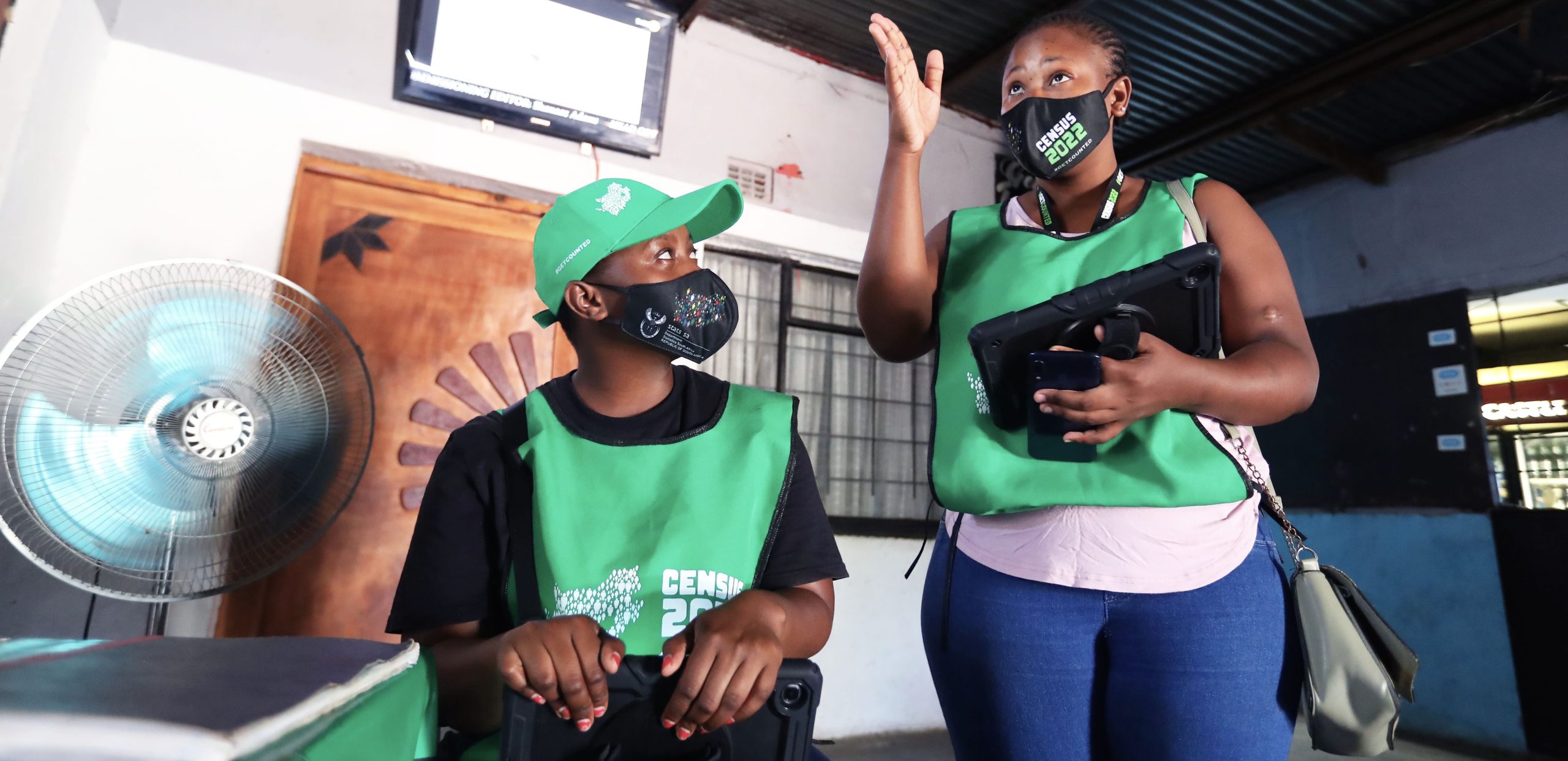Principles & Recommendations for Population and Housing Censuses
©Statistics South Africa (Stats SA)
The Principles and Recommendations (P&R) for Population and Housing Censuses, Revision 4, were endorsed by the United Nations Statistical Commission at its 56th session in 2025 (Decision 56/102) having been developed by a dedicated Expert Group led by the UN Statistics Division. They provide global guidance for planning and conducting national Population and Housing Censuses during the 2025-2035 round, considering different regional contexts and the diversity of statistical capacity across nations.
The International Recommendations on Refugee, IDP, and Statelessness Statistics helped to inform the revision process with content included in the final document. The proactive participation of several EGRISS members (contributing to Task Team 7’s work on ‘Recommended topics on population and housing characteristics’ and the wider global consultation) helped to articulate and advocate for this input, enhancing alignment between these instruments. The revised P&R also makes references to the Compiler’s Manual and its Use Case A.

©Statistics South Africa (Stats SA)
Key considerations on refugees, IDPs, and stateless persons in the P&R:
EGRISS populations of interest are considered in the updated document as “difficult-to-enumerate or difficult-to-reach groups”, defined as those for whom a real or perceived barrier exists to full and representative inclusion in the data collection process. Given this, Revision 4 recommends that:
-
Wherever possible, refugees and IDPs residing in camps should be enumerated using the questionnaires designed for private households. (p. 167)
-
The census communication plan should include messages to convey that the census will include displaced people, refugees and IDPs, that their responses are important, and assure the confidentiality of data collected. It is important that such communication is in the languages understood by displaced populations. (p. 167)
-
Refugees, asylum seekers, and IDPs (in and outside camps) should be enumerated in both the population present count, and in the usual resident count if they meet the established duration criteria. To facilitate analysis, these groups should be reported separately, to allow the calculation of a country’s population excluding these categories when required for non-demographic purposes. (p.305)
-
Special attention should be given to households that may have experienced displacement between the census and Post-enumeration surveys (PSE). (p. 282)
-
As with country of birth, two additional categories should be listed: stateless or no citizenship/nationality status, and unknown citizenship/nationality status, following IROSS framework for estimating the combined category of ‘stateless persons and those without a recognized nationality status’. (p. 306)
-
Every effort should be made to include stateless persons in the census – both those with recognised stateless status and those without a recognised nationality status. The NSO should work with responsible government agencies, non-governmental organizations familiar with this population group and the UNHCR to establish the best method for including stateless persons in the population count. (p. 306)
Concerning questions about the reason for changes in respondents’ place of usual residence, countries are guided to devise a classification in accordance with their own needs. Whilst this is not 100% in line with EGIRSS Recommendations that put more emphasis on this element, the P&R provides examples of some common ‘reasons’ that forms can list including forced displacement (conflict, persecution, human rights abuses, natural disasters, etc.).
